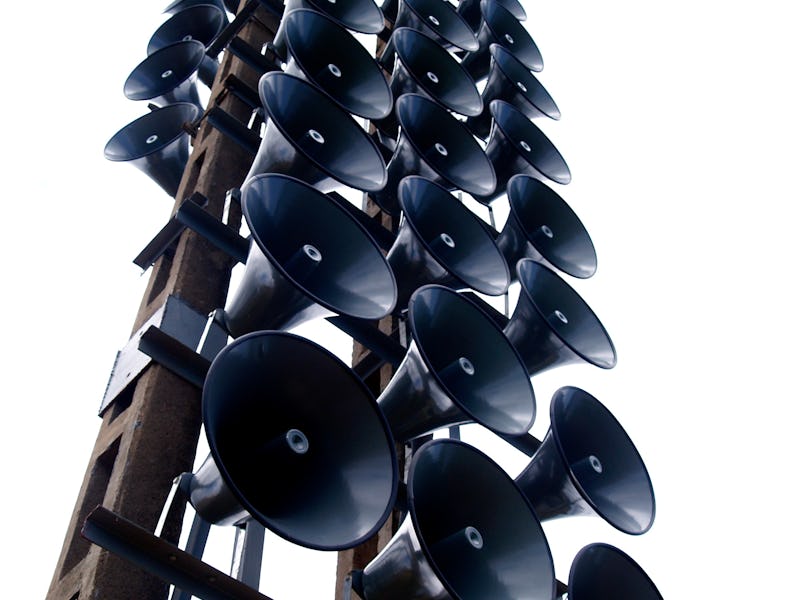'Sonic Weapons' Fail to Describe What Actually Happened in Cuba
There's just no evidence.

The United States diplomats in Cuba who have experienced mysterious health problems since late 2016 are making news again, and fingers are still pointing at so-called “sonic weapons.” However, there’s no concrete evidence that the symptoms were caused by anything of the sort — only anecdotal evidence from diplomats who say they woke up to harsh, painful noises that seemed to be localized in their beds and bedrooms. Officials have not yet found any devices, identified a motive for these incidents, or announced any suspects.
And yet, news stories on the diplomats’ health problems continue to center on these devices. Stories of diplomats hearing what sounded like cicadas, ringing alarm clocks, or grinding noises feel like the stuff of Cold War spy thrillers. But according to Seth Horowitz, a former professor in the Department of Neuroscience at Brown University and author who specializes in sound design, news stories that speculate about the presence of sonic weapons are “completely fact-free reportage with no basis.”
Reporters with the Associated Press interviewed “more than a dozen current and former U.S. officials, Cuban officials and others briefed on the investigation,” and nobody has identified a device or other source to blame for diplomats’ health problems. These problems, now said to have affected 21 U.S. victims, turned out to be worse than previously reported. They include hearing loss, speech problems, and mild traumatic brain injury (concussion).
Early reports on the incident in August suggested that investigators had found a device, but it turns out that was just speculation on the part of the AP, which was picked up by other outlets (including Inverse). But there’s still no evidence of a sonic device, and experts say the symptoms reported by victims are inconsistent with this hypothesis.
“Brain damage and concussions, it’s not possible,” Joseph Pompei, a former Massachusetts Institute of Technology researcher and psychoacoustics expert tells the AP. “Somebody would have to submerge their head into a pool lined with very powerful ultrasound transducers.”
This is consistent with Horowitz’s conclusion, which he has maintained ever since August 10, when he tweeted about the utter impossibility of this explanation.
Sonic weapons that are used by military and police agencies certainly exist, but these devices are not covert by any stretch of the imagination. The New York City Police Department, among others, notoriously use long-range acoustic hailing devices — LRADs for short — against protestors. These devices, which are not small enough to hide in someone’s bedroom, can cause temporary or permanent hearing loss if you’re too close when they’re employed.
In Cuba, some of the victims say they woke up to painful noises, and others say they heard nothing. Meanwhile, both groups have experienced symptoms. The stories simply aren’t adding up yet.
While there’s no evidence yet to support the sonic weapon hypothesis, Horowitz offered an alternative:
One possible culprit could be a condition like otomycosis. This fungal ear infection, which is more common in tropical climates, can cause hearing loss if left untreated, though it does not account for the neurological symptoms some patients have described.